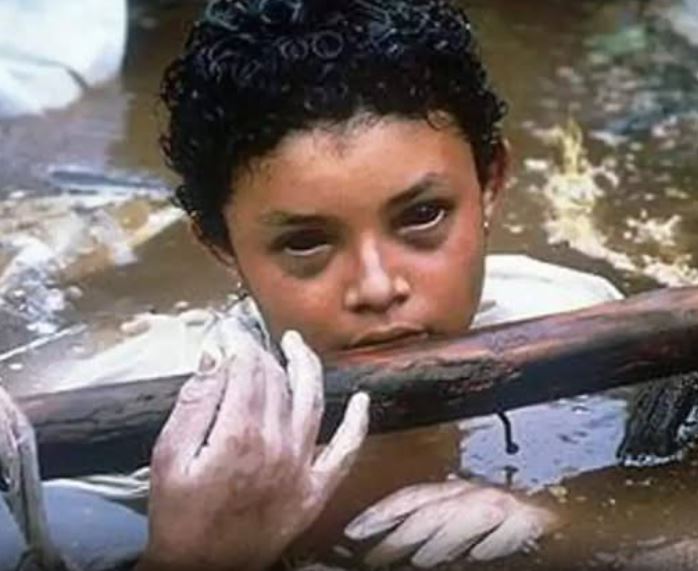On November 13, 1985, the Nevado del Ruiz volcano erupted in Colombia, leading to a catastrophic disaster that wiped out the town of Armero. The once-thriving community of 29,000 people was almost completely destroyed. Nearly 20,000 residents perished, with the total death toll across the region reaching 25,000. The eruption caused a powerful lahar—a deadly mudflow triggered by the rapid melting of glaciers—that swept through the town, burying homes and people under thick layers of volcanic debris. The devastation was overwhelming, and Armero was ultimately abandoned.

Despite prior warnings from scientists, the Colombian government failed to take adequate precautions. Had an evacuation been ordered in time, thousands of lives could have been saved. Among the victims of this disaster was 13-year-old Omayra Sánchez, whose story captured global attention. She was trapped under the rubble of her home, her legs pinned beneath debris, while her deceased aunt lay beside her. For three days, she remained stuck in the freezing, muddy water, with rescuers desperately trying to free her.

Her final moments were documented in a now-iconic photograph taken by French photojournalist Frank Fournier. The heartbreaking image showed Omayra’s exhausted face, her bloodshot eyes revealing the pain and suffering she endured. Yet, despite her tragic fate, she remained calm and displayed extraordinary strength. Fournier later described her as “facing death with immense bravery and dignity.”
However, the photo also stirred controversy. Many questioned why Fournier, rather than capturing the moment, did not attempt to save her. Responding to the criticism, he explained that rescuing her was not possible. “I faced backlash, with people debating the role of photojournalists,” he said. “But I knew my duty was to share her story with the world.”

Fournier stood by his decision, believing that the photograph played a crucial role in exposing the failures of the Colombian government. He argued that the image helped raise awareness and much-needed aid. “This picture forced people to see the truth—the government’s lack of responsibility and preparation,” he stated.
As Omayra’s condition worsened, journalists and rescuers stayed by her side, offering her small comforts like food and words of encouragement. She remained composed, even as her strength faded. On her final night, she hallucinated, speaking about a math test she needed to take. Her last words were filled with love: “Mommy, I love you. Daddy, I love you. Brother, I love you.”

On November 16, 1985, Omayra succumbed to her injuries, likely due to gangrene or hypothermia. Her mother, who survived, later reflected on the loss, saying, “It is painful, but I must focus on my son, who is still here.”
Omayra’s death became a symbol of both human resilience and government negligence. Her photograph remains one of the most haunting reminders of the tragedy. Reflecting on its impact, Fournier said, “People still react deeply to this image, proving that her story will never be forgotten.”


